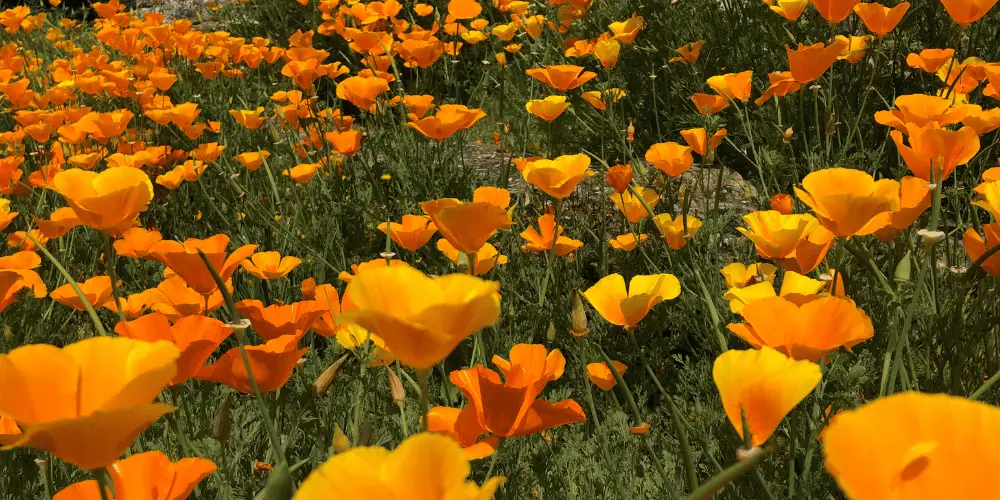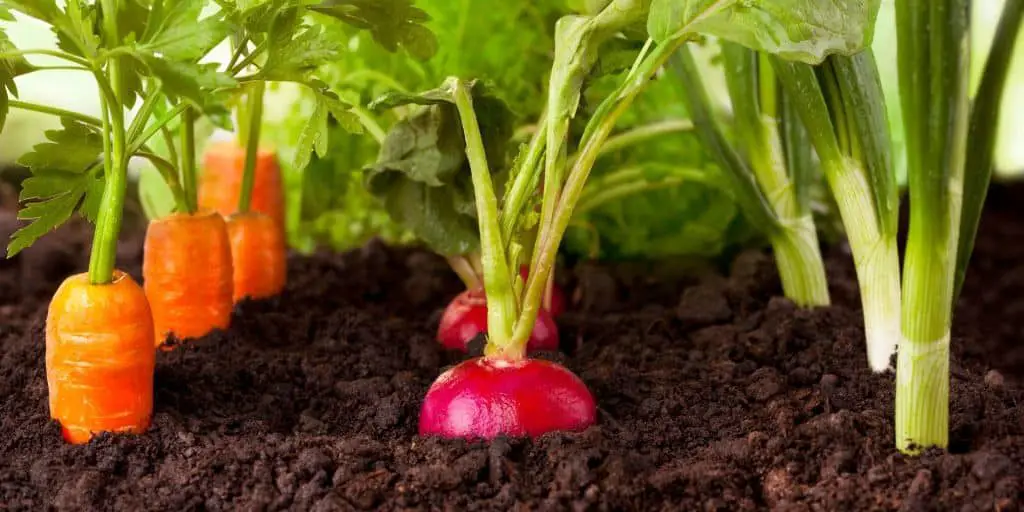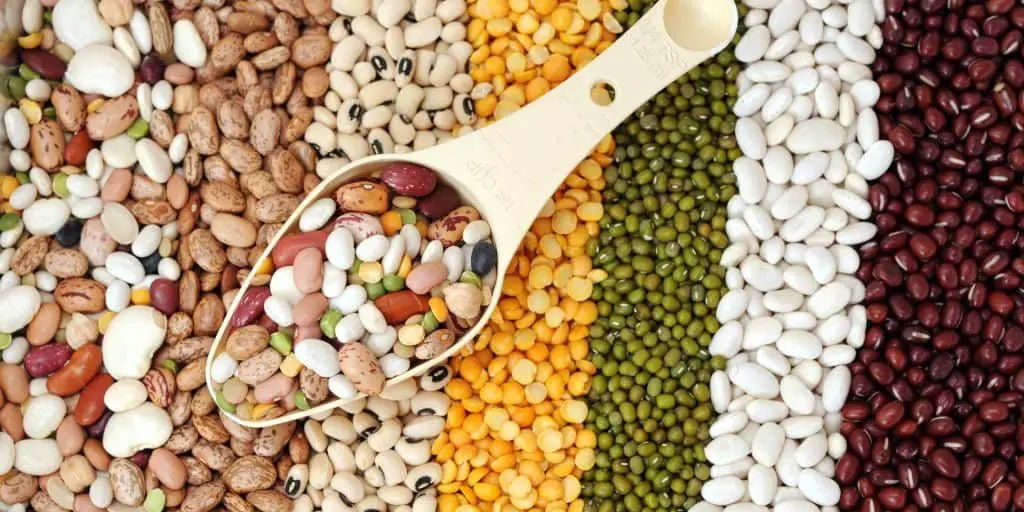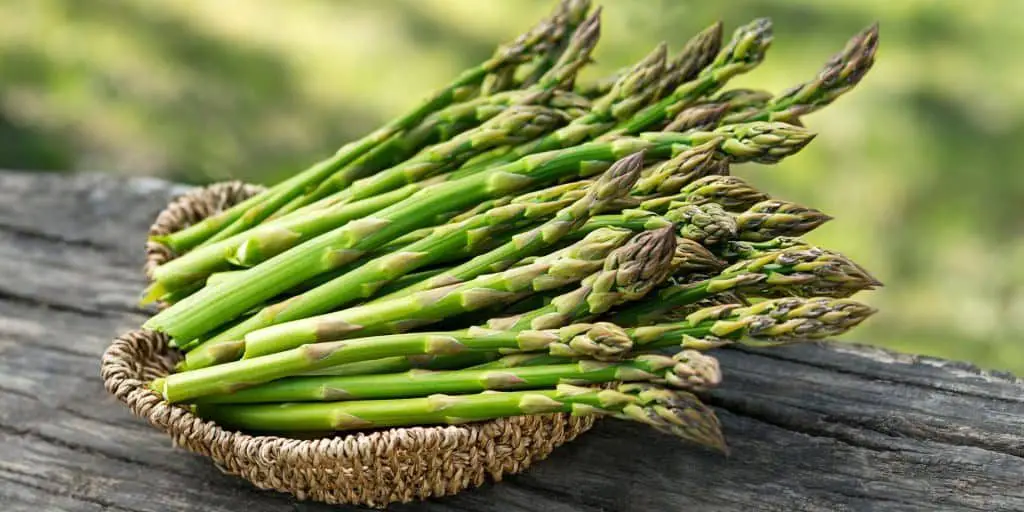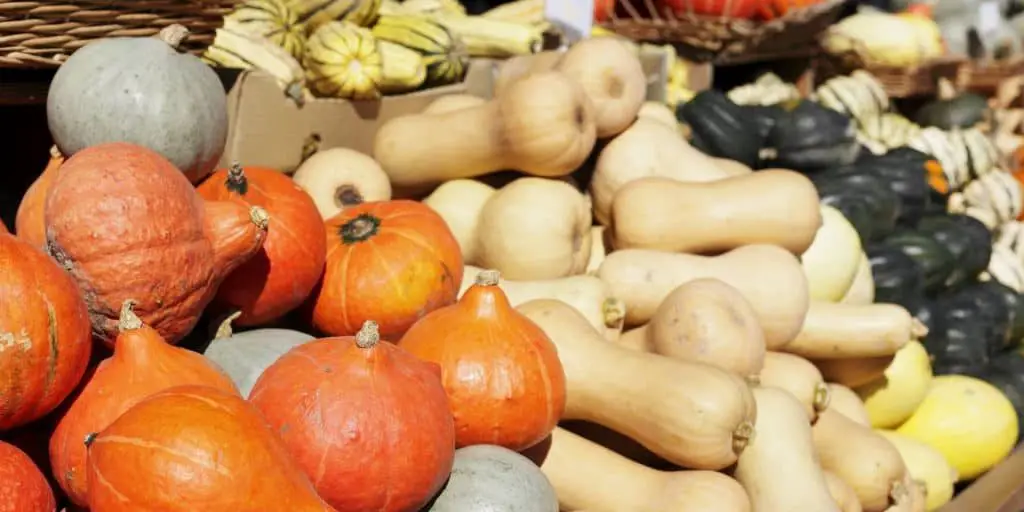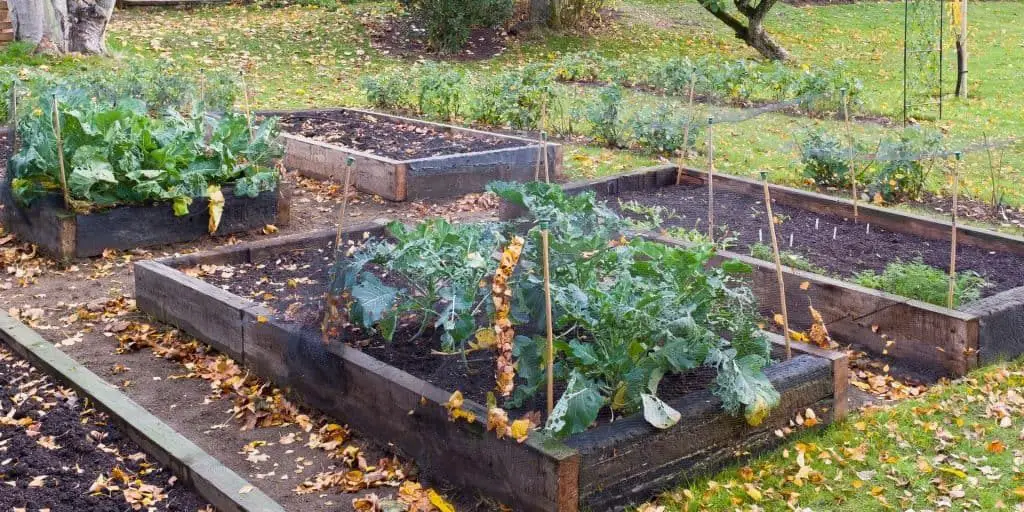
What Vegetables Can Be Planted in the Fall?
Are you a gardener who isn’t ready to stop gardening even though summer is coming to an end? Just because the temperatures are cooler doesn’t mean that you have to mothball your vegetable garden. There are plenty of ways to extend the season for your warm-weather crops like tomatoes and peppers, pivot to cool-season crops for fall harvest, and even actively grow fresh veg through the winter months! Let’s jump right into our complete guide to fall planting!
What To Plant In Fall
We gardeners make a broad but useful distinction between warm weather and cold weather crops. When warm weather superstars like tomatoes, eggplant, and jalapenos are succumbing to the cold, it’s time to switch to crops that flourish in the cool and cold weather of fall and early winter.
So let’s talk about what to plant in a fall garden.
Growing From Seed
It’s actually not too late to start some seeds in fall! This is especially true of milder climates, whose frosts are generally later and not quite as cold.
So what are some of the best vegetables to start from seed in fall?
Lettuce
Even though most people associate salads with summer, lettuce–like many other leafy greens including spinach, bok choi, and arugula–actually grows best in cooler weather. In temps that are too hot, it tends to bolt, or form flowers and go to seed, before it actually forms a nice head of lettuce.
Most types of lettuce take fewer than 50 days to mature, and you can grow and harvest well into winter if you also make use of season extensions like frost protection and cold frames.
(Never heard of those? We’ll go into more detail in the next section.)
Beets and Carrots
These root vegetables are great for fall planting, and will grow right up until the ground starts to freeze. Seed these crops in loose, loamy soil that allows them to size up without being limited by compacted soil. You can also mulch these crops to provide them some protection even into deeper frosts.
If you’re not a fan of red beets’, uh, beety-ness, try planting golden beets instead. These have a more mild flavor and beautiful golden-yellow skin and flesh. You can also harvest the (slightly bitter-tasting) greens and prepare them the same way you would Swiss chard or spinach.
Carrots tend to be slow growers, but there are several dwarf types that mature in about 50 days, like Paris, Little Finger, or Thumbelina. Carrots that get a bit frostbitten on their shoulders will actually develop a delightful sweetness!
Planting Seedlings
If you have access to a nursery that sells fall vegetable seedlings, great! Planting seedlings will get you to a full-grown fall harvest that much faster.
Broccoli
Broccoli planted in late summer or fall tends to be sweeter and tastier than spring or summer plantings. While broccoli seedlings can be killed by frost, mature plants are fairly frost-resistant. Plus, the florets will open more slowly in cold weather, creating a longer harvest window.
Much like beet greens, the leaves of the broccoli plant are also edible and have a very kale-like flavor and texture.
If you have a climate with a shorter season and an early frost date, plant a quick-growing variety like Waltham.
Many members of the brassica family make great fall crops, and several of them will even survive into next spring, so make sure to check out our Complete Guide to Growing Brassicas!
Spinach
This one is a slow grower, so planting seedlings in fall makes more sense than sowing from seed. Spinach that grows in the cool weather of fall tends to be less bitter and more tender than spinach that grows in the summer heat.
You can wait for the leaves to mature to the size of your hand, or harvest them as baby greens.
Spinach is also a heavy feeder, so make sure to fertilize with compost or an organic fertilizer before planting.
Escarole
This gorgeous and often-overlooked Italian heirloom looks like a head of spiky lettuce, but has the flavor of mizuna greens or radicchio.
Escarole matures in 60-75 days. You’ll get the best flavor if you keep its soil moist–if it dries out, the leaves develop a bitter tang.
Extend Your Season and Keep Your Vegetable Garden Going
Even cold-weather crops aren’t immune to the damaging effects of frost. So when the cold nights begin to roll in, what are some of the best ways to protect your garden?
Prepare your frost protection now
Oftentimes, the first frosts of the season are not too severe. These early frosts are often called “light frosts,” during which overnight temps dip down to 36-32°F briefly overnight. A “killing frost” is one where the temperature drops below 28°F for several hours, usually overnight.
With frost protection, light frost is totally survivable for many vegetables, and they can even withstand a killing frost or two. All you have to do is use a fabric of some kind–not plastic!–in a kind of tent over your vegetables to insulate them from the freezing air.
Frost protection cloth can be:
- Burlap
- Old sheets or towels
- Frost cloth
For a light frost, simply drape or wrap the frost protection over the plants. Be careful not to snap any stems! Clothespins are really useful for keeping things secure against wind and weather.
For protection from a killing frost, the fabric should touch the plants as little as possible, as even that can conduct cold from the air onto the plants’ tissues. Use sticks, stakes, or even sections of rebar to support the fabric over your plants, and in cases of extreme cold use two or more layers of protection.
Use frost protection for your coldest fall nights and days, and you can help your vegetables survive them to grow for another few weeks or even months, depending on the severity of your fall weather.
Build a Cold Frame
What is a cold frame, and how can it keep your plants warm?
You can think of a cold frame as a small-scale greenhouse. Cold frames are usually made out of wood with plastic or glass panels. The area enclosed by the cold frame–typically no more than 4’x8’–is warmed up significantly by the power of the sun during the day, and holds on to some of that heat through the night. Thus, plants growing in a cold frame can survive well into winter without being killed by frost.
Cold frames are quite simple to make, and are frequently made from recycled materials. You can use old pallets to build the sides of the cold frame, and old windows to create the clear panel.
The University of Missouri has a detailed post on building a coldframe here, and also discusses how to use manure to add more heat to the cold frame.
Another clever trick to keep a cold frame warm at night is to place gallon water bottles along the wall that receives the most sunlight. The water will absorb heat during the day and slowly release it overnight.
Conclusion
These are the basic building blocks of a productive fall garden: the right crops planted at the right time with the right season extension. These will keep you growing well into the chill of winter!
For more on fall gardening, check out our articles on Growing Brassicas and How to Apply Compost By Hand (The Easy Way).

